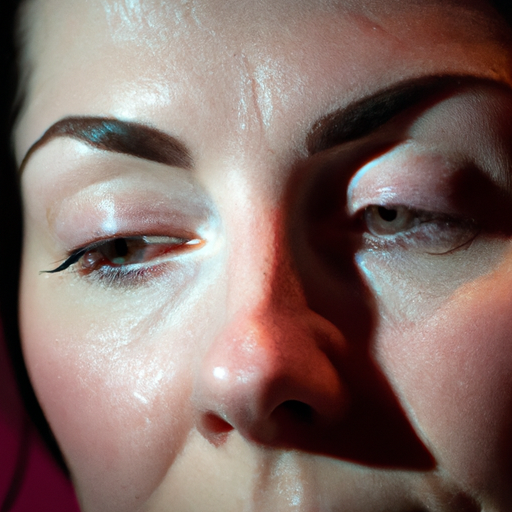As a dermatologist, I am often asked about the best ways to maintain healthy, radiant skin. One of the most effective methods is through regular face exfoliation. This process removes dead skin cells, unclogs pores, and reveals a fresh layer of skin, resulting in a brighter, smoother complexion. However, it’s essential to understand the correct methods and products to use to avoid damaging your skin. In this article, we will unmask the radiance of your skin with an essential guide to face exfoliation.
Exfoliation is a process that naturally occurs in our skin every 30 days or so. However, as we age, this process slows down, leading to dull, dry, or flaky skin. Regular exfoliation can help speed up this natural process and keep your skin looking fresh and youthful.
There are two main types of exfoliation: physical and chemical. Physical exfoliation involves using a scrub, brush, or other tools to physically remove dead skin cells. On the other hand, chemical exfoliation uses acids or enzymes to dissolve these cells. Both methods can be effective, but it’s crucial to choose the right one for your skin type.
Physical exfoliators are great for those with normal to oily skin. They can help unclog pores and reduce the appearance of blackheads and whiteheads. However, they can be too harsh for those with sensitive or dry skin. In such cases, chemical exfoliators are a better choice. They are gentler and can penetrate deeper into the skin, providing more thorough exfoliation.
Regardless of the type of exfoliator you choose, it’s important to use it correctly. Over-exfoliating can strip your skin of its natural oils, leading to dryness and irritation. As a general rule, you should exfoliate no more than two to three times a week. If you have sensitive skin, once a week should be enough.
When exfoliating, always start with a clean face. Apply your chosen exfoliator in a circular motion, avoiding the eye area. Rinse thoroughly and follow up with a moisturizer to replenish any lost moisture. Remember, your skin may be more sensitive to the sun after exfoliating, so always apply sunscreen if you’re going outside.
Choosing the right exfoliator can be a challenge with so many options available. Look for products that contain ingredients like alpha-hydroxy acids (AHAs), beta-hydroxy acids (BHAs), or enzymes for chemical exfoliation. For physical exfoliation, choose a product with small, smooth particles to avoid scratching your skin.
In conclusion, regular exfoliation is an essential part of a healthy skincare routine. It can help maintain a bright, smooth complexion and prevent common skin issues like acne and blackheads. However, it’s crucial to choose the right method and product for your skin type and to use it correctly to avoid damaging your skin. With the right approach, you can unmask your skin’s natural radiance and keep it looking fresh and youthful.




